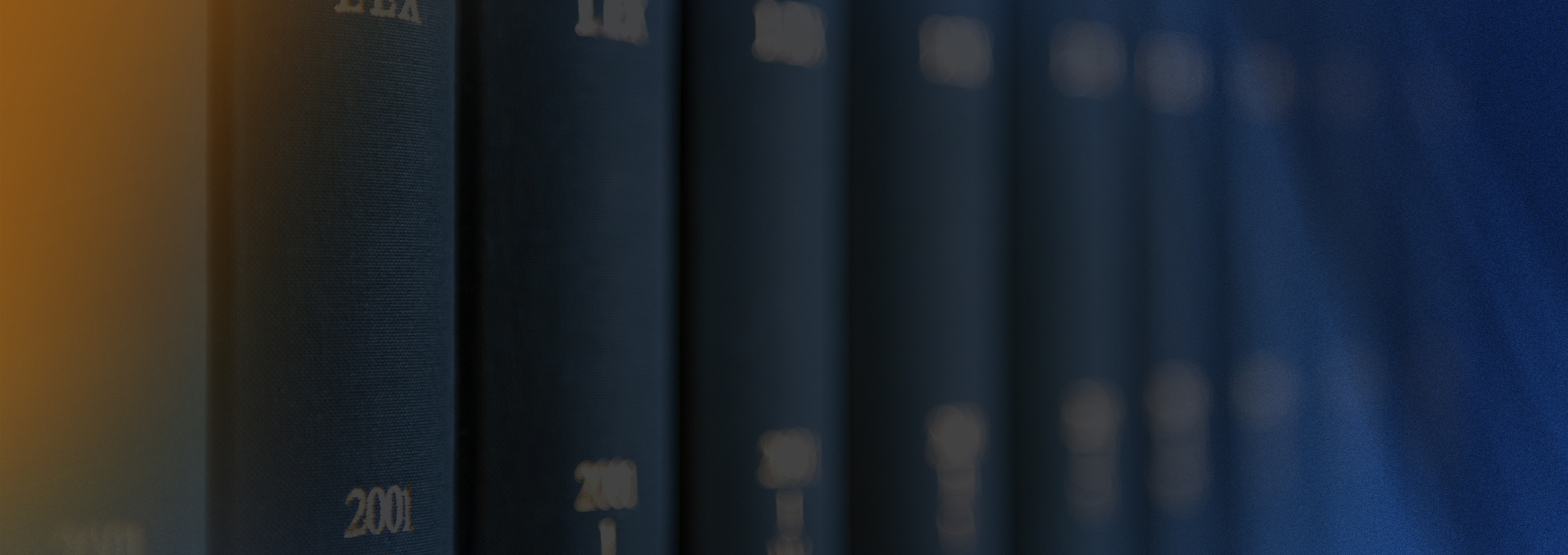In 1996 the United States Supreme Court addressed a question very relevant to the current Donald Trump indictment. Trump will claim that the government did not prosecute Hillary Clinton, President Biden, Mike Pence (and others) who came into possession of classified documents. To raise his claim he must compare himself to these other cases and argue that he has been singled out for improper purposes. The case that governs whether he gets access to this core material needed to make his argument is United States v. Armstrong, 517 U.S. 456 (1996). In this case the Supreme Court set up a two part test. To “pass” the test and get the data to make his claim Donald Trump must initially supply some proof showing that similarly situated individuals have not been prosecuted. Then he has to show some evidence of improper motivation in prosecuting him and not “them”. The first test is the easier of the two. It is not enough that he assert that this is a Democrat appointed Attorney General and that he is currently the leading Republican candidate. That is smoke perhaps but he needs to show at least a flicker of “fire”. On the other hand, the showing in the Armstrong case was very weak. In that case, the Court denied access to the prosecution’s charging informatoin in large part because that defendant produced only one, weak, hearsay statement and nothing that truly addressed bias by the prosecution. There was a disparity (racial) but not shown motivation to be unfair.
In the Eleventh District which includes Florida, most of the Armstrong - Selective Prosecution cases in recent years have been race based challenges. One decision sets forth the basic standards this way:
In United States v. Armstrong, 517 U.S. 456, 116 S.Ct. 1480, 134 L.Ed.2d 687 (1996), the Supreme Court held that the “rigorous *1426 standard for discovery” in aid of a selective prosecution claim “require[s] some evidence tending to show the existence of the essential elements of the defense, discriminatory effect and discriminatory intent.” Id. at ––––, 116 S.Ct. at 1488 (internal quotation marks omitted). The threshold for showing “some evidence tending to show the existence” of the discriminatory effect element is “some evidence of differential treatment of similarly situated members of other races or protected classes.” Id. at –––– – ––––, 116 S.Ct. at 1488–89.
U.S. v. Quinn (11th Cir. 1997) 123 F.3d 1415, 1426
Ultimately this issue must have been very fully vetted by the DOJ before the Trump charges were filed. The investigations of Biden and Pence were done with an understanding that their situation had to be compared to Trump's. Also, Biden and Pence knew that their response to the investigation (e.g. full cooperation) could by itself - be the critical differentiator. If the US Department of Justice thought there was any reasonable chance of success they would likely not have filed. Still, the motion is inevitable and will be highly charged politically. The post Trump will Raise the Selective Prosecution Defense appeared first on Lawyers In Lafayette.
